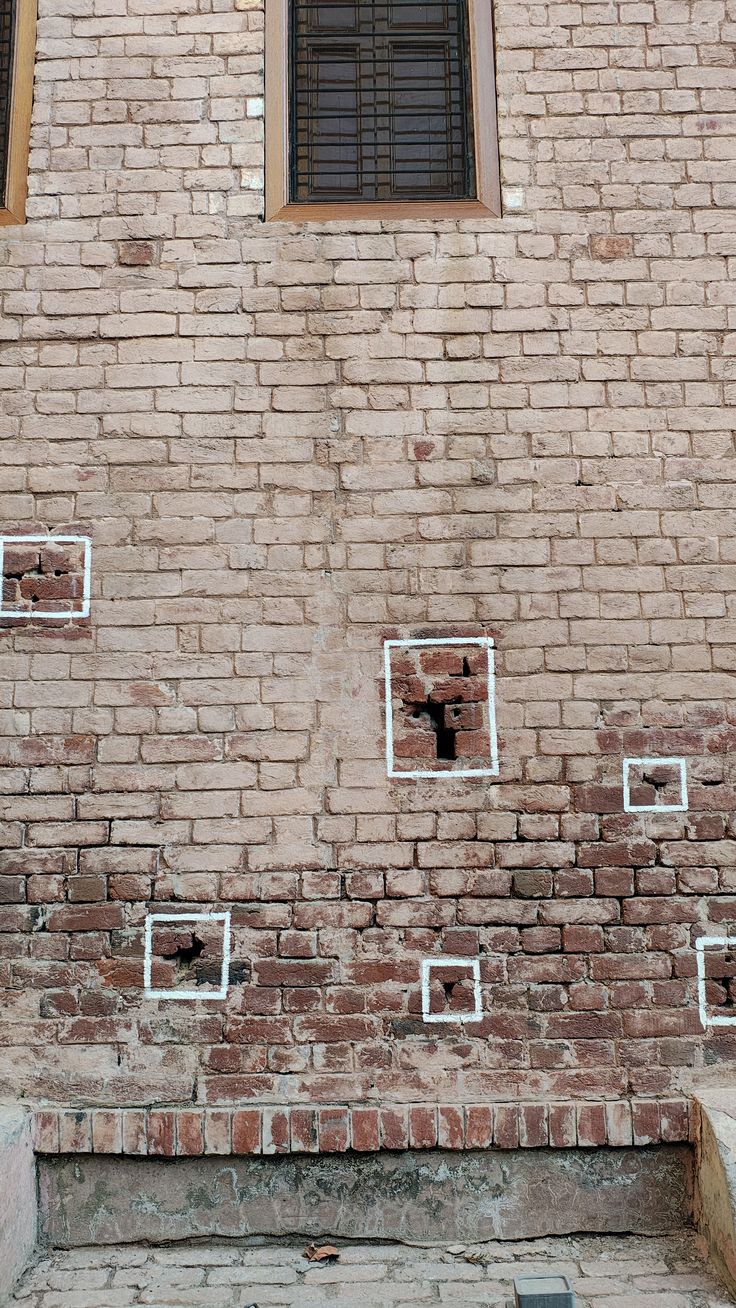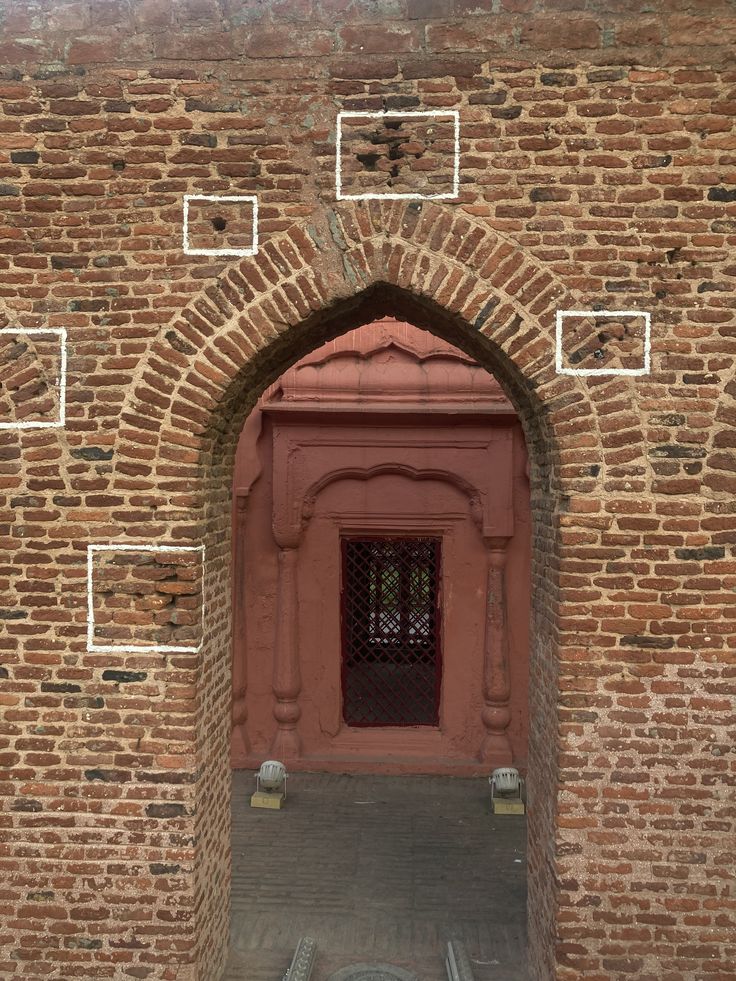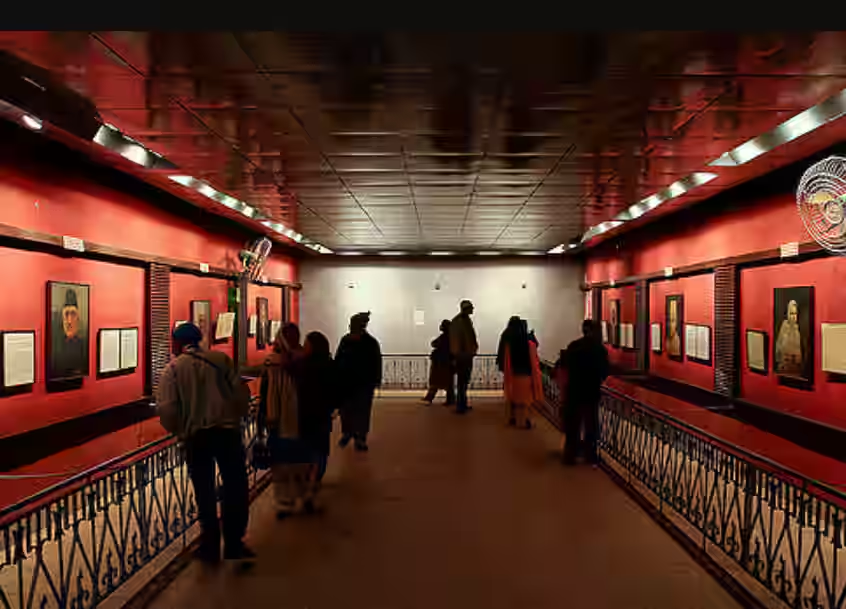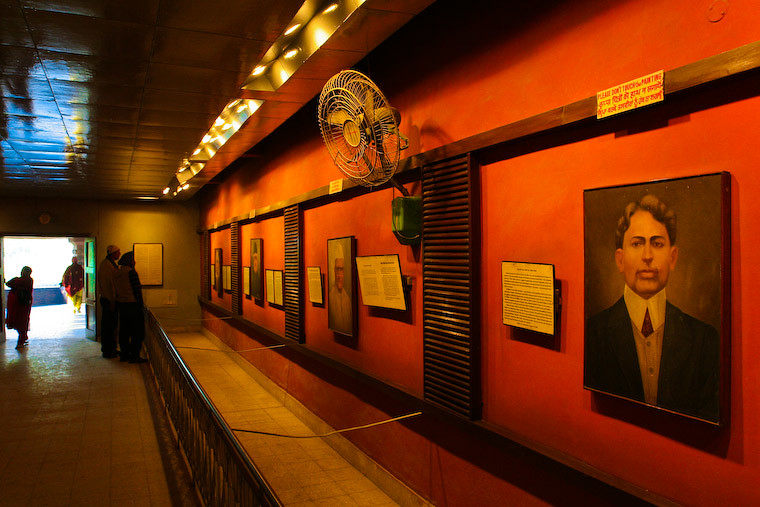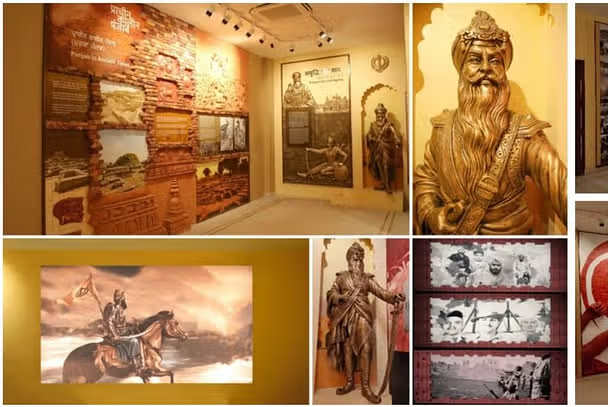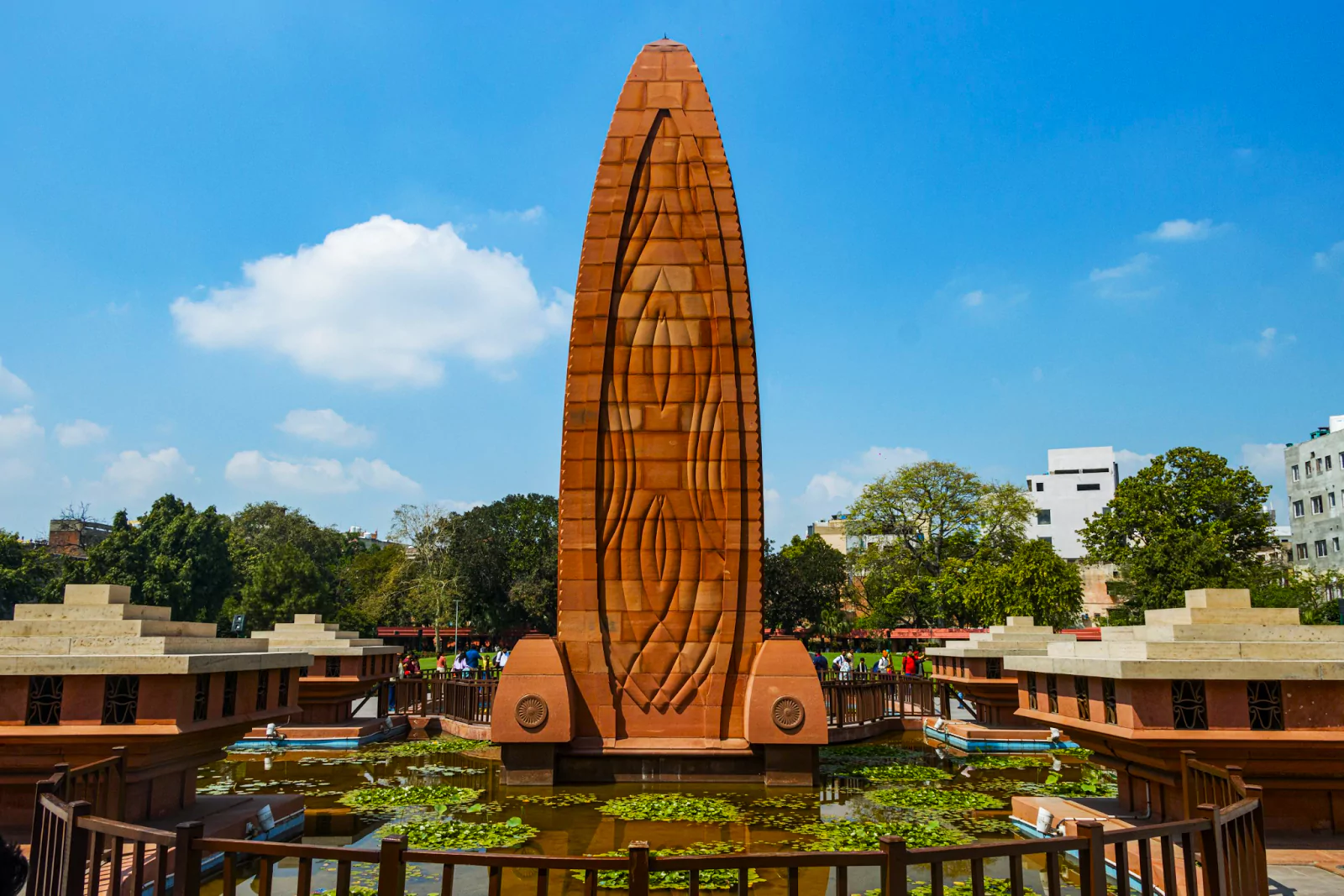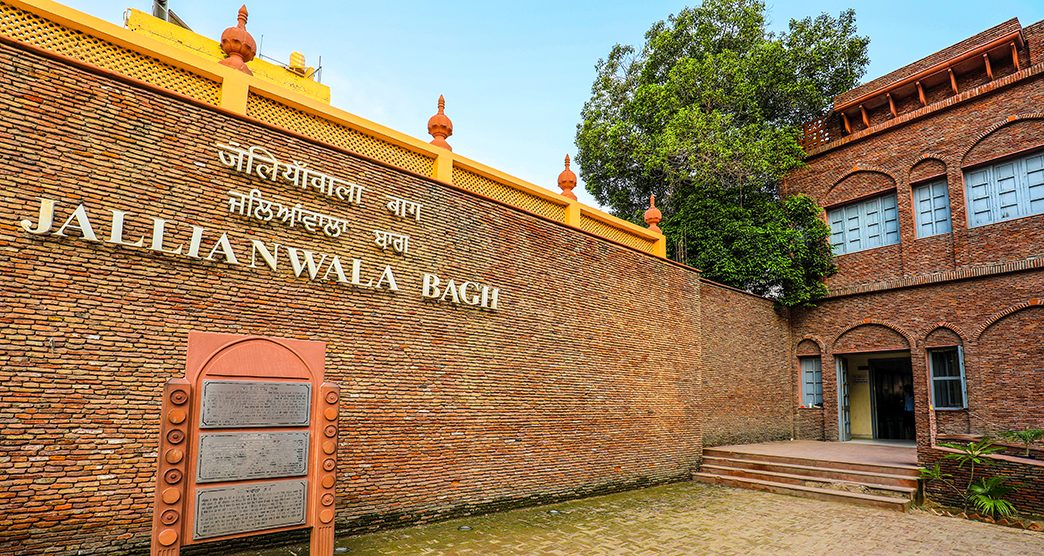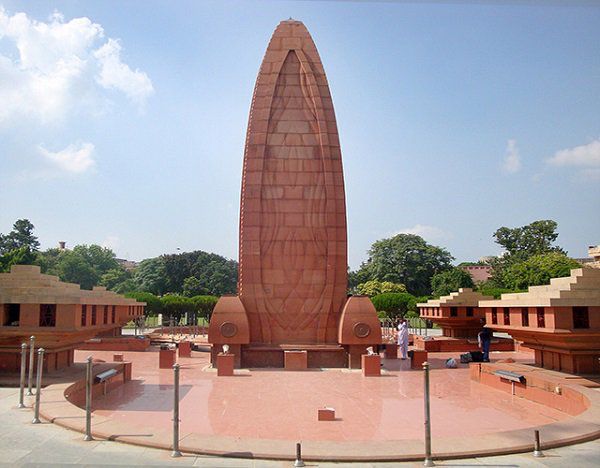🔥 1. What was the Jallianwala Bagh Massacre?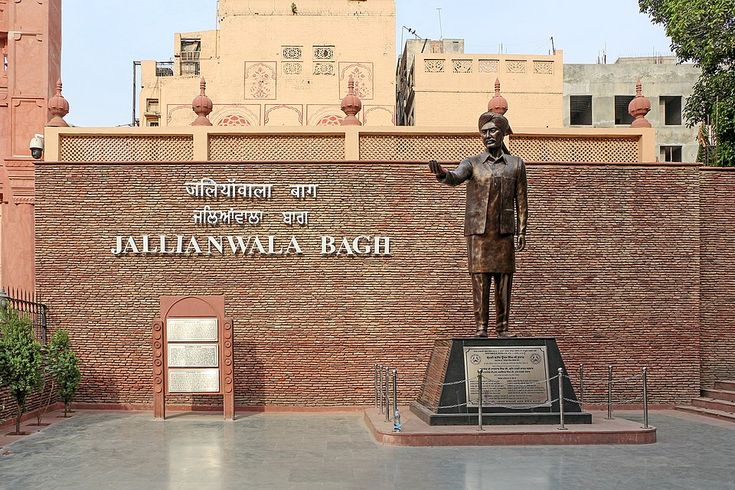
Jallianwala Bagh:
Date: 13 April 1919
Location: Amritsar, Punjab’s Jallianwala Bagh
Event: Thousands of Indians peacefully demonstrated against the Rowlatt Act and called for the release of political prisoners on the day of Baisakhi.What took place was that Brigadier General Reginald Dyer gave his forces the command to open fire on the gathering without providing any prior notice. More than 1,600 bullets were discharged throughout the ten minutes of gunfire in Jallianwala Bagh.
📜 2. What was the Rowlatt Act?
- The British government had the authority to detain and imprison any Indian without a trial thanks to the Rowlatt Act of 1919. Many people believed it to be oppressive and unfair.It was dubbed the “Black Law” by Mahatma Gandhi.In India, it led to massive protests.
🧨 3. Who was General Dyer and what happened to him?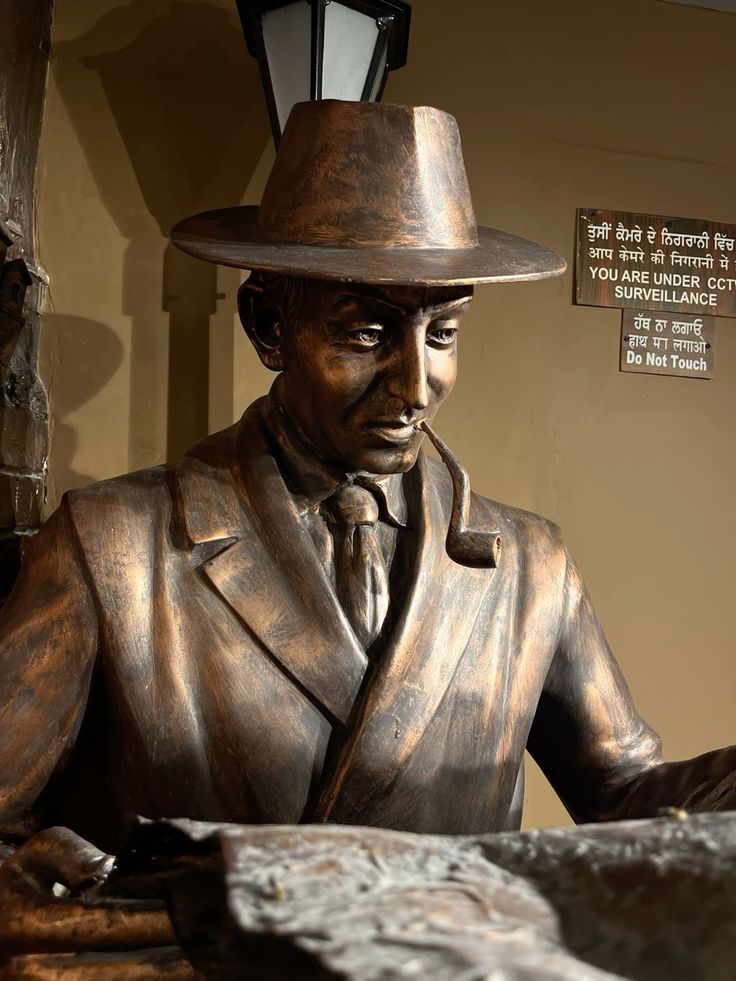
Reginald Edward Harry Dyer is his full name.
Role: Directed the firing of Jallianwala BaghThe aftermath:
Many in India and Britain criticized him.
His acts were deemed unjustified by the Hunter Committee, a panel.
In 1920, he was compelled to retire.
In 1927, he passed away.
The majority of historians and Indian leaders denounced him, but others in Britain hailed him as a hero.
💔 4. Casualties: Deaths and Injuries
-
“One of the survivors and witnesses to the slaughter, Udham Singh, exacted revenge in 1940 by assassinating Michael O’Dwyer, the former Punjab governor, in London. Specifically, O’Dwyer had also supported General Dyer. Consequently, Udham Singh, who is now also considered a national hero in India, was later put to death by the British.”
5. Impact on the Indian Freedom Movement
caused a national uproar.
- Soon after, Mahatma Gandhi started the Non-Cooperation Movement.
- In protest, Rabindranath Tagore retracted his British knighthood.
- It turned out to be a pivotal moment in India’s struggle for independence.
- Many Indians started to think that British rule was immoral and unchangeable.
🏛️ 6. Today’s Jallianwala Garden Memorial
Established in 1951, the location is now a national memorial with a number of significant features:
-
🔥 Eternal Flame (Amar Jyoti) for martyrs
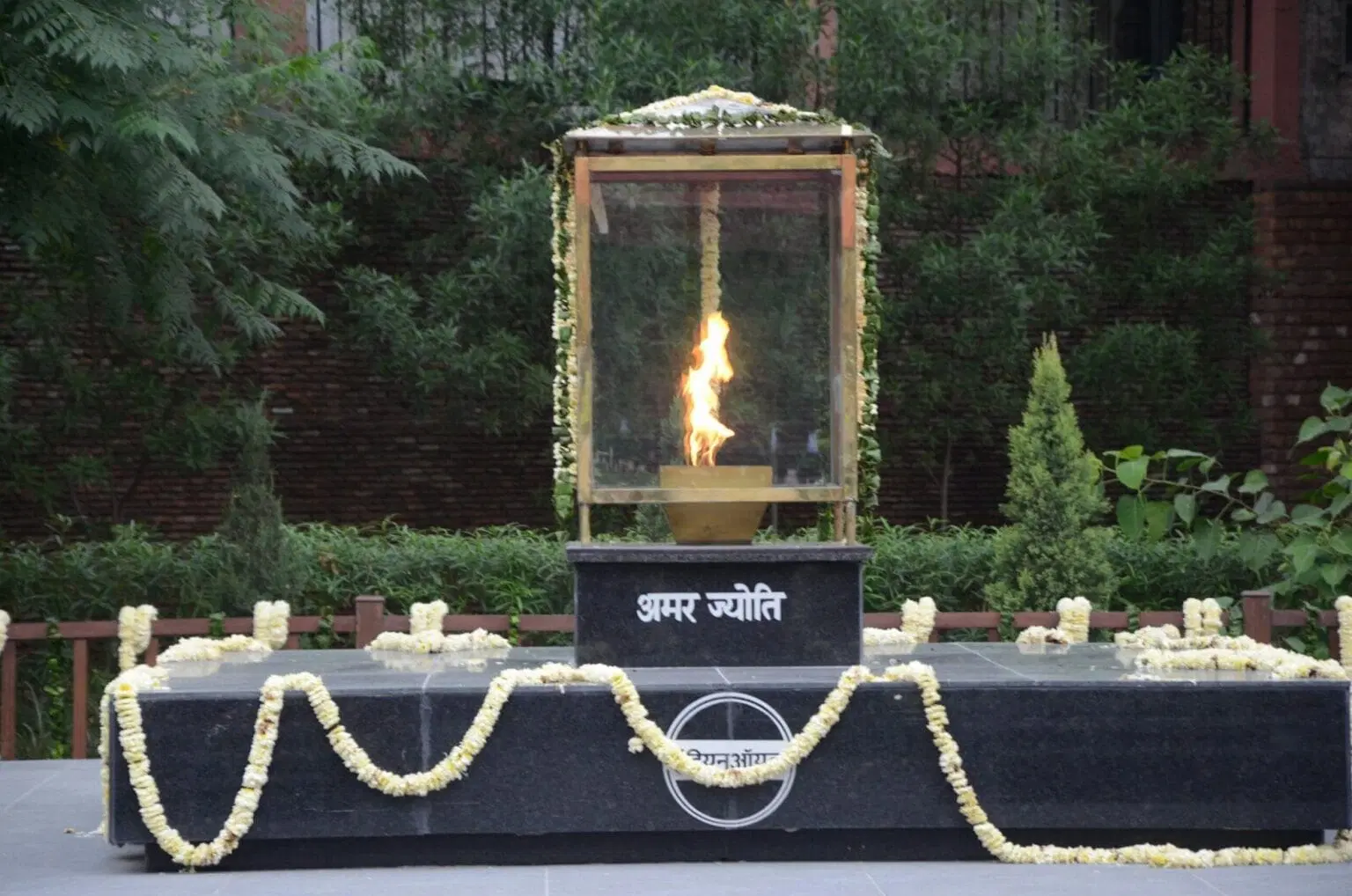
-
🧱 Bullet marks preserved on the walls
-
🕳 Martyrs’ Well where people jumped to escape
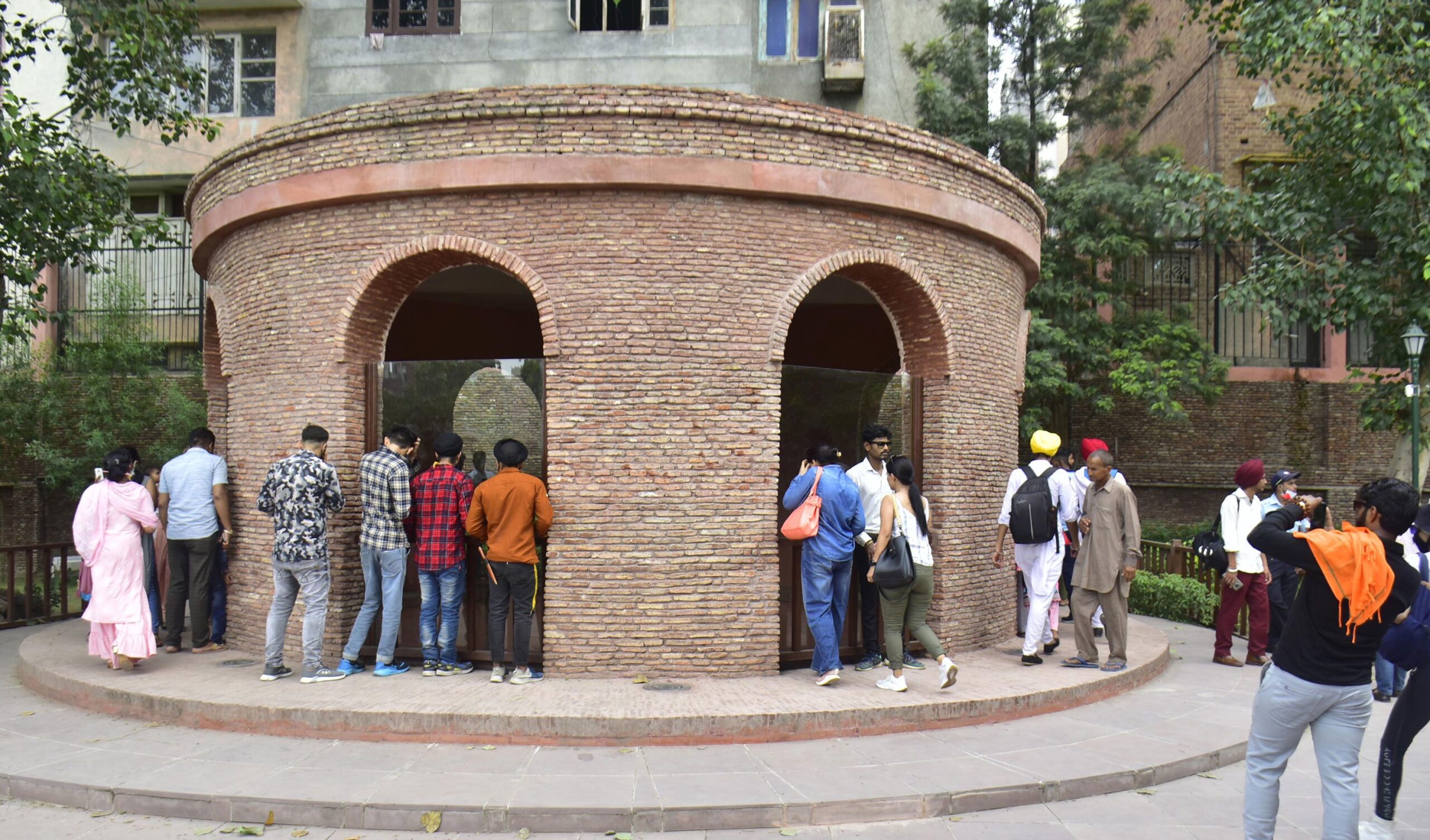
-
🖼️ Museum and Galleries showcasing documents, photos, and records
🎯 7. Udham Singh – The Revenge
Here is a version of your paragraph with transition words added to improve flow:
“”Udham Singh, one of the survivors and witnesses of the carnage, avenged the massacre by killing Michael O’Dwyer, the former governor of Punjab, in London in 1940. This was in response to O’Dwyer’s support of General Dyer, who was also widely condemned for his role in the tragedy. Subsequently, the British executed Udham Singh, and he is now also regarded as a national hero in India.”.”
The transition words are:
“This was in response to”
“Subsequently”
🌍 8. Global Reaction-
Britain was split.Dyer was dubbed a “savior of the empire” by some.Newspapers and many leaders denounced him.Winston Churchill referred to the behavior as “monstrous” himself.
🎭 9. Cultural Depictions
The event has inspired books, plays, and films:
Gandhi (1982) – depicts the massacre scenario in graphic detail.
🎬 The massacre is mentioned in The Legend of Bhagat Singh.
The main subject of Sardar Udham (2021) is Udham Singh’s retaliation for the massacre.
🧠 Quick Facts
| Detail | Information |
|---|---|
| Firing Time | 10 minutes |
| Bullets Fired | Over 1,650 rounds |
| Official Deaths | 379 (British count) |
| Actual Deaths | 1,000+ (Indian sources) |
| Memorial Established | 1951 |
| Nearest Landmark | Golden Temple, Amritsar |
Conclusion on the Jallianwala Garden Massacre:
People still regard the slaughter at Jallianwala Bagh as one of the most horrific episodes in India’s freedom movement. On April 13, 1919, General Reginald Dyer led British forces who opened fire on thousands of unarmed and peaceful protesters, killing hundreds—possibly thousands—of innocent people. As a result, the brutality of the massacre provoked widespread indignation and marked a turning point in India’s struggle for independence.In the aftermath, Indians from all throughout the country came together to seek an end to British rule, as this terrible incident heightened anti-colonial sentiment. Subsequently, the Non-Cooperation Movement, which Mahatma Gandhi later started, and the influence it had on freedom fighters like Udham Singh, who exacted revenge for the killing, showed how deeply it struck a chord with Indian culture.
To this day, the Jallianwala Bagh memorial remains a powerful reminder of the sacrifices made for India’s independence, as well as a symbol of the cruelty the Indian people suffered under the British Empire. Moreover, it acts as a place for reflection and, in addition, serves as a reminder to the next generation not only of the costs of independence but also of the ethical necessity of remembering past tragedies. Consequently, it ensures that such atrocities are never forgotten and that future generations understand the significance of these sacrifices.”. As such, it encourages us to learn from history and ensure that future generations understand the significance of these sacrifices.
The legacy of Jallianwala Bagh continues to influence India’s identity and its continuous struggle for justice and independence. Furthermore, it also serves as a potent reminder of the human spirit’s tenacity, which endures persecution, no matter how severe or persistent it is.
Photo Gallery:
